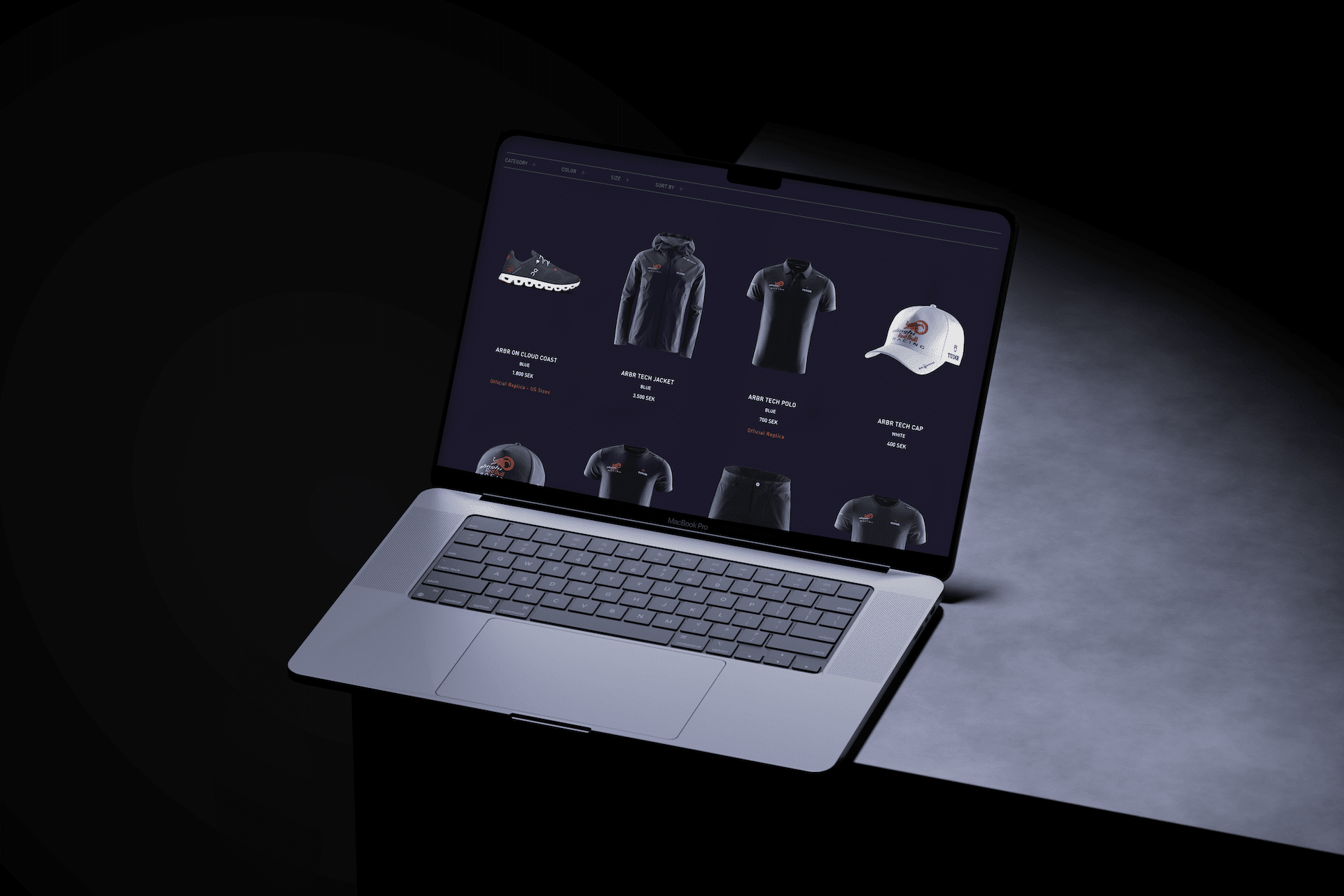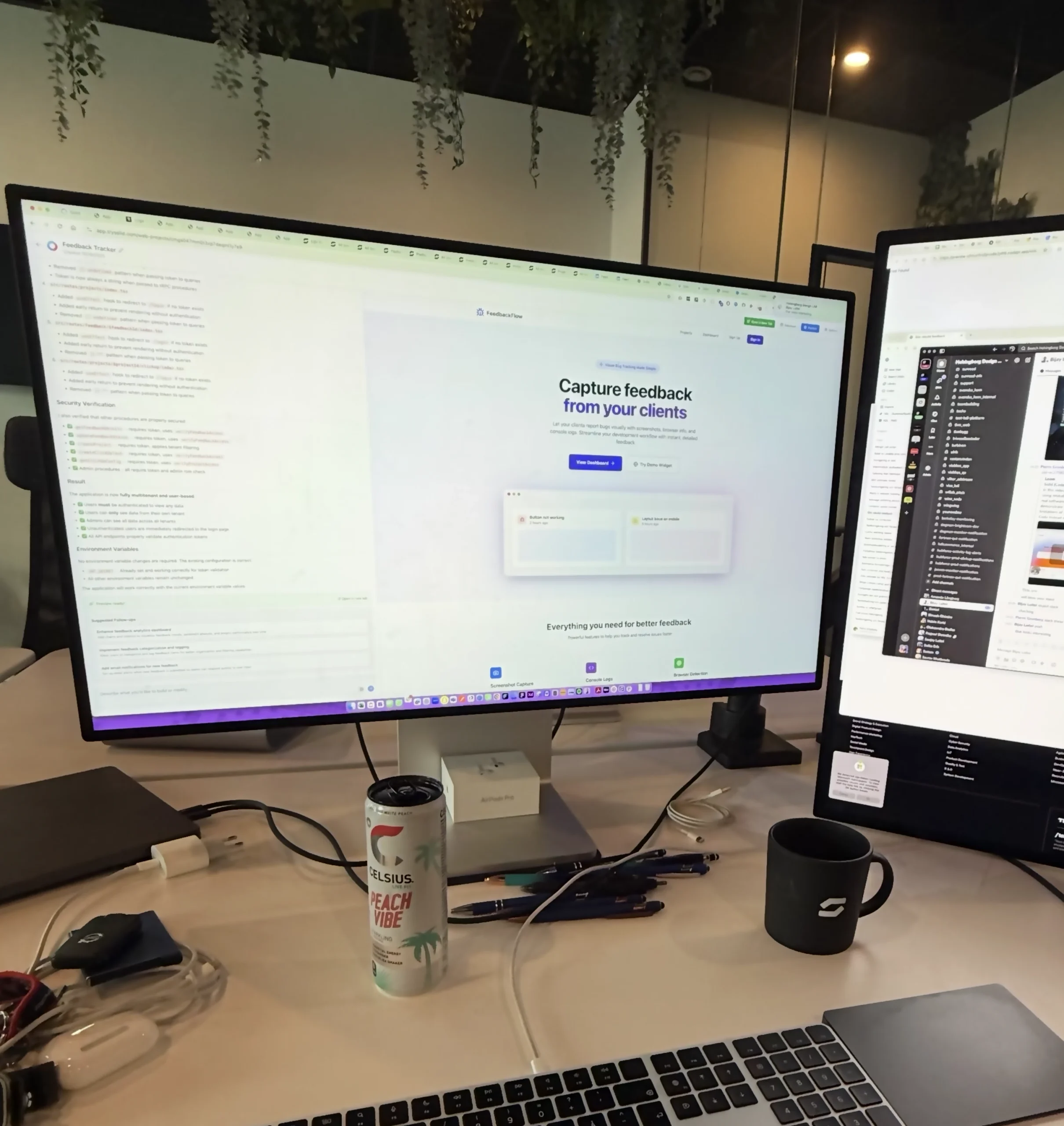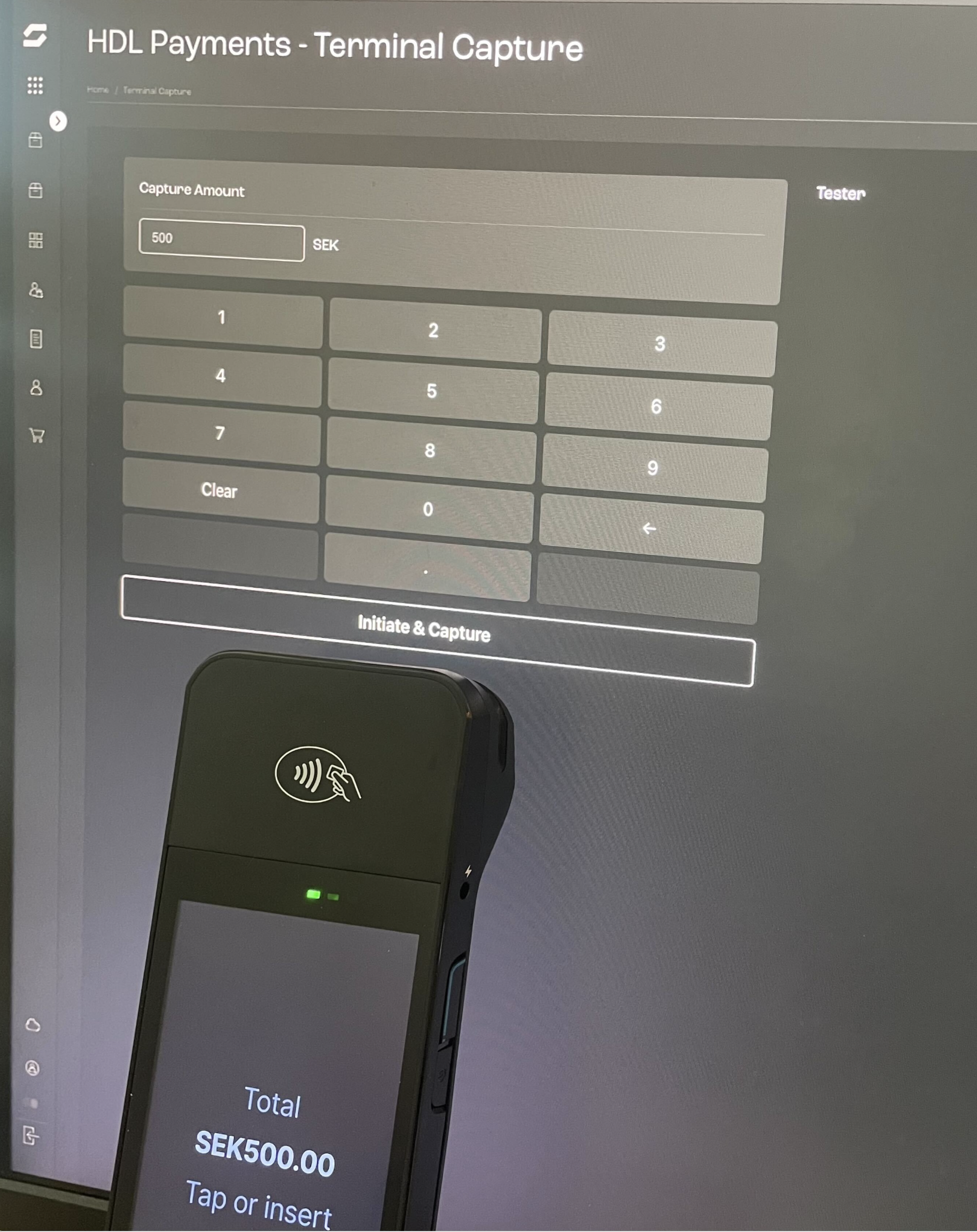How Composable Commerce is revolutionizing the online shopping experience
E-commerce has evolved over time from simple online stores to complex systems offering smooth payments, personalized dashboards, recommendations, filters, mobile access and many useful features.
Despite this, traditional systems have faced several challenges, such as a lack of flexibility, scalability, integration and the possibility of rapid functional updates. The main reason is their unified and integrated architecture.
This is where composable commerce comes in. This flexible and modular approach allows businesses to create their ideal e-commerce platforms by integrating components such as microservices and APIs. Businesses can seamlessly combine useful components to adapt to the market, innovate faster and deliver personalized shopping experiences.
In this blog post, we’ll look at how composable commerce is crucial to giving your customers the best possible online experience.
What is Composable Commerce?
Composable commerce is a modern and modular approach to building and managing e-commerce platforms. It leverages microservices, APIs, headless architecture and cloud services to create a personalized and customizable e-commerce experience, perfectly tailored to specific needs.
Unlike traditional, monolithic systems where all components are tightly connected and rigid, composable commerce makes it possible to integrate individual functions and services without having to tear down the entire platform.
Microservices are central to composable commerce and break down different functions, such as payments, inventory management or product catalogs, into manageable parts. Application Programming Interfaces (APIs) connect these services and enable seamless collaboration between them.
With cloud-based infrastructure, businesses can scale up or down as needed, and a headless architecture separates the front-end (what users see) from the back-end, allowing greater design and content flexibility.
Benefits of Composable Commerce compared to traditional e-commerce
Traditional e-commerce platforms often struggle to meet today’s fast-moving digital demands. Their interconnected components mean that changes or updates to one feature require changes to the entire system, which can be both costly and time-consuming.
Let’s look at the benefits of composable commerce compared to traditional solutions.
Flexibility and adaptation
Composable commerce allows businesses to tailor their platforms to specific needs. They can select the best components, such as payment solutions or inventory management systems, and integrate them seamlessly. This allows businesses to adapt to market trends and changes.
Agility and speed
Composable commerce allows companies to roll out new features and updates faster. They can replace individual components without having to rebuild the entire system, reducing downtime and driving innovation.
Cost-effectiveness
Composable commerce reduces maintenance costs because companies don’t have to manage large, complicated systems. Its modular design makes development cheaper, allowing it to scale and customize without excessive costs.
Innovation
The modular design makes it easy to integrate and test new technologies, providing an environment for continuous improvement. This helps companies stay at the forefront of the industry.
How Composable Commerce improves the online experience
In addition to the benefits, composable commerce also helps improve the shopping experience by creating more personalized, seamless and engaging interactions for customers.
Personalization
With the help of AI and data-driven modules, businesses can deliver highly personalized shopping experiences. They can offer tailored product recommendations and analyze customer behavior to adapt the platform to individual preferences.
Frictionless user experience
The modular approach makes it possible to optimize several aspects of the user experience, such as faster loading times, easier navigation and smoother checkout processes. This results in an improved user experience and higher conversion rates.
Integration of new technologies
Composable commerce also enables the integration of innovative technologies such as augmented reality (AR), virtual reality (VR), voice-activated commerce and the Internet of Things (IoT). This creates new ways of interacting with customers and takes the experience to a new level.
Challenges and constraints
As with any innovation, there are some challenges with composable commerce.
Initial complexity
Managing modules from multiple suppliers can be challenging, and a larger initial investment may be required to design a modular system.
Choosing the right components
Choosing the right microservices and APIs to suit your unique needs is crucial. This requires careful evaluation and technical expertise to ensure smooth integration.
Concluding words
Composable commerce has the potential to reshape e-commerce by giving businesses the flexibility and adaptability needed to deliver more personalized and engaging shopping experiences. By using modular components, businesses can build tailored solutions and quickly adapt to market changes.
If you want to grow and streamline your e-commerce business, check out HDL Commerce. We offer scalable e-commerce solutions with composable commerce architecture. Whether you run a B2B or B2C business, we have the solution for you.
Contact us via our contact form or see our offers here.








